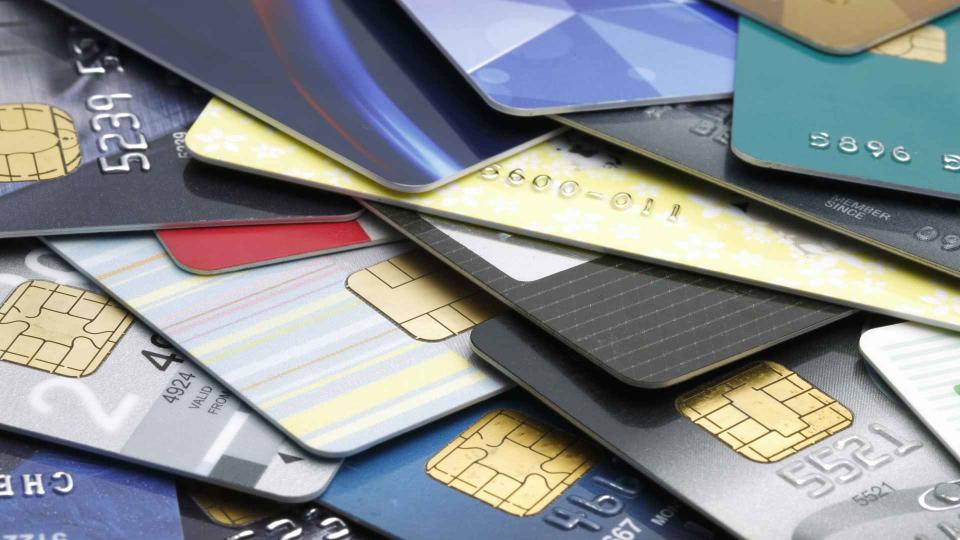There weren’t many silver linings to the COVID-19 pandemic, but there was this one: The lockdown caused people to spend less money. Reduced spending, combined with government stimulus payments to help Americans weather the economic storm, led many consumers to pay down their credit card debt.
See: Cities Whose Economies Are Failing vs. Cities Whose Economies Are Thriving
Find: Jaspreet Singh Says America’s Economy Is About To Get a Reality Check, Here’s Why
More than three years later, however, credit card debt has skyrocketed again — so much so that combined U.S. credit card balances have passed $1 trillion for the first time.
GAO Finds Pandemic Gains Versus Credit Card Debt Now Erased
A new report from the U.S. Government Accountability Office (GAO) found that pandemic-era stimulus payments and federal student loan payment pauses had a major impact on credit card debt in the United States.
According to the report, released on Tuesday, “Many people likely used their pandemic stimulus payments to pay down their credit card debt.” The GAO estimated that cardholders increased their credit card payments by $20 on average when the second stimulus payment was disbursed and $61 when the third was sent out. Credit card payment amounts also increased by an average of $37 a month when enhanced child tax credit payments were disbursed.
In addition, the pause of federal student loan payments left millions of Americans with more money at the end of the month, which also contributed to lower credit card debt.
“During the pandemic, the share of cardholders who paid off their credit card debt reached the highest in recent years,” the GAO report indicated. “Specifically, the share of all active accounts that carried a balance declined from 50% to 45% from April 2020 to December 2021… We also found that late payment and default rates fell to historic lows, most notably for consumers with credit scores below 620. We observed better credit scores and fewer delinquencies among cardholders during the pandemic.”
But now, more than three years after the pandemic first hit, much of the economy has “returned to normalcy,” according to the GAO. Federal stimulus programs have ended and federal student loan payments resumed last month. The result? More credit cardholders are potentially “slipping” back into debt, the GAO stated.
Americans Falling Further Into Credit Card Debt in 2023
In fact, many aren’t “potentially” slipping into debt — they have already slipped back in a big way, with combined balances exceeding $1 trillion.
As previously reported by GOBankingRates, the $1 trillion milestone was passed during the 2023 second quarter as balances rose by $45 billion to a series high of $1.03 trillion, according to the Federal Reserve. Retail credit cards and other consumer loans climbed by $15 billion during the quarter. Meanwhile, credit card delinquencies hit an 11-year high as consumers moved further away from the more conservative spending habits they adopted during the pandemic.
A return to higher spending patterns only tells part of the story, however. As the GAO pointed out, not all credit card debt is created equal. For example, Black and Hispanic cardholders tend to have lower credit limits and higher interest rates than other ethnic groups, which makes credit more expensive — and more difficult to pay down.
Researchers found that credit card users in predominately Black and Hispanic zip codes owed less on their cards but “carried that balance for a longer period” than accounts in predominantly white zip codes. With spending patterns returning to normal, balances that remain unpaid have contributed to this year’s rise in overall credit card balances.
More From GOBankingRates
This article originally appeared on GOBankingRates.com: The Impact of Stimulus and Student Loans on Credit Card Usage and Why It’s Now Hit $1 Trillion Milestone
Credit: Source link




